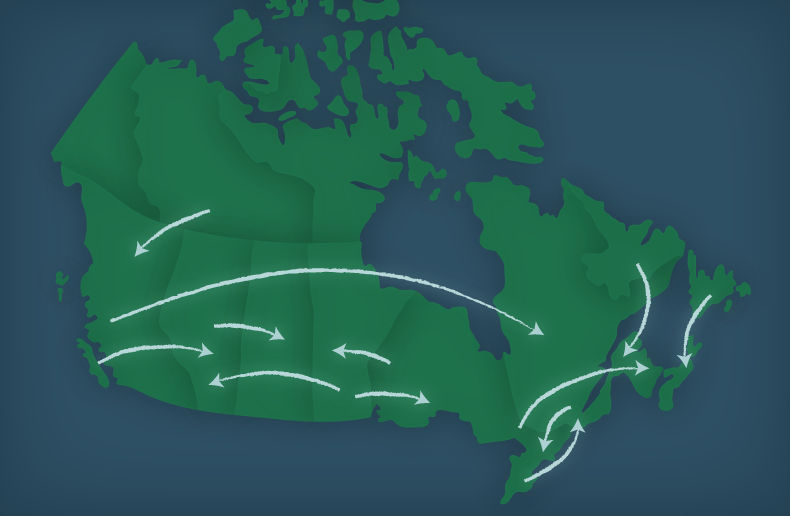The Financial Resilience Institute, a non-profit organization dedicated to improving the financial resilience of Canadians, is reporting the results of its eighth annual Seymour Financial Resilience Index, showing a slight increase in financial resilience overall, but revealing a number of concerning trends.
Among them, the institute says there is widespread financial vulnerability in the population, with 76 per cent, roughly 19.5 million adults, being classified as not financially resilient.
“Over the past two years, there has been a noticeable decline in financially resilient households, falling from 31 per cent of the population in June 2021 to just 24 per cent as of June 2023. Additionally, 18 per cent of the population is now extremely vulnerable,” they write.
The findings also state that 52 per cent of households are experiencing high levels of financial stress, up from 43 per cent in June 2022; 60 per cent report that the high cost of living is negatively impacting their quality of life, with 49 per cent saying money worries are making them physically unwell.
Other changing behaviours include the fact that 62.5 per cent now report that they are spending at least the same, if not more than their household income, an increase over 53 per cent who said the same a year ago. At the same time, 84 per cent report that the cost of living has outpaced any growth in their household income in the last 12 months.
In looking at savings and debt, one third have increased borrowing to pay for essential expenses and 42 per cent had had to draw down savings to meet debt obligations. Only 50 per cent have a savings buffer of three months or more, while 24 per cent say their savings buffer is good for about three weeks. “It’s crucial to point out that 37 per cent of Canadians have either a negative or zero household savings rate as of June 2023,” they write.




